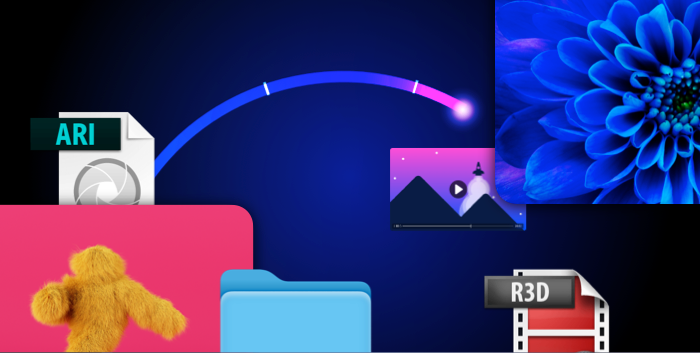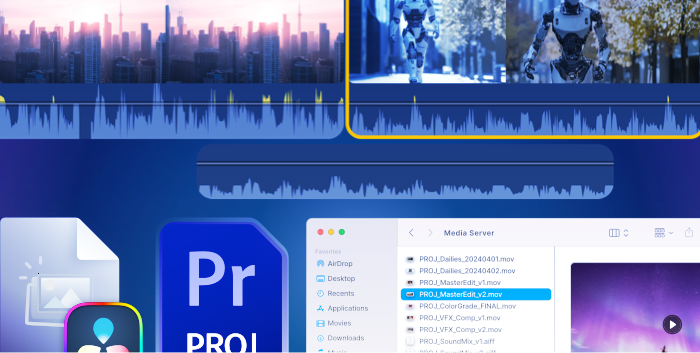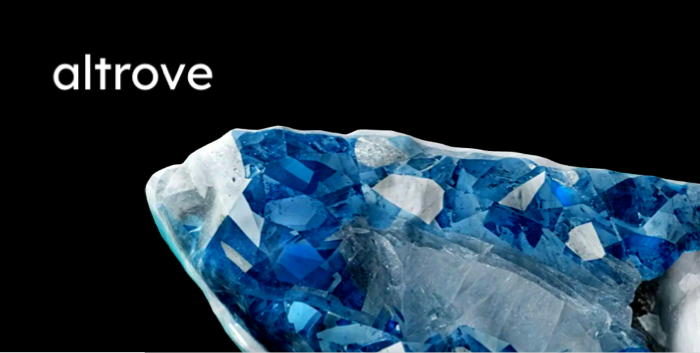What distributed infrastructure enables in the real world: lessons from IRC.
Centralized clouds assume stable networks and predictable conditions. The real world doesn’t. Distributed infrastructure keeps work moving—even when regions are unstable, teams are global, and conditions aren’t ideal. IRC shows what’s possible when you use the right tools for the right jobs.
Read more




















.jpeg)









